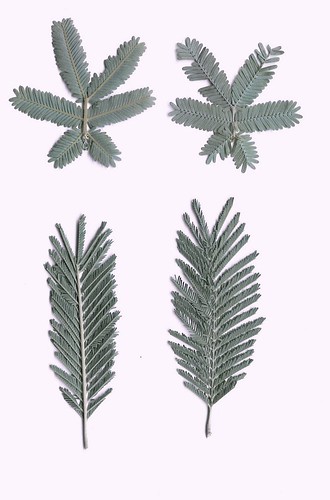 Gift Mount Majura an hour or two of your time and help remove woody weeds.
Gift Mount Majura an hour or two of your time and help remove woody weeds.
Enjoy morning tea around 11.00am and pick up the brand new Majura’s Treasures booklet (a small donation would be appreciated).
Where: view this map; meet at Mt Majura nature park access off Mackenzie Street between the intersections with Russell Street and Hull Place;
What: Cut-&-daub woody weeds
Bring & Wear: Sun protection, enclosed shoes and body coverying clothing.
Tools & morning tea will be provided.
Please come early for an introduction
Inquiries: e-mail committee@majura.org or Ph. 6161 8985
Download this poster for promotion
This will be a Search and Destroy activity. We will be cutting and daubing any encountered woody weed; see below a decription of the method and of the two common weeds Cootamundra wattle and Sweet Briar rose.
Control of woody weeds using the cut and daub method.
Cut stems close to ground level and immediately treat cut surface with herbicide glyphosate (Roundup or equivalent product) applied at high concentration e.g. 1 part glyphosate : 2 parts water; apply herbicide mix with spray.
The plant’s natural protective mechanism acts very quickly to seal off the cut surface which stops herbicide penetration into the sap stream. It is therefore important to treat the cut surface immediately, i.e. within 30 seconds after cut; the longer the treatment is delayed, the poorer the result will be. If necessary cut and treat each stem of a multi-stemmed plant separately to avoid delayed herbicide treatment. 
Sweet Briar, Rosa rubiginosa, a native of Europe and West Asia, is a major weed particularly of dry and hilly disturbed land. The seeds are spread by birds and foxes which eat the red fleshy fruits (rose hips). Briar Rose was introduced to Australia as a garden and hedge plant in the early 1800s (Photograph Waltraud Pix, 23.11.2011). 
The Cootamundra Wattle, Acacia baileyana is one of the woody weeds which we control in the Mount Majura and Mount Ainslie nature reserves. The species does not naturally occur in Canberra and was introduced to the ACT as a garden plant. The highly invasive species is now widespread in Namadgi National Park and the suburban nature reserves of the ACT.
How to tell-apart from look-a-likes. The compound blueish-grey-green leaves of a Cootamundra wattle (top in the left panel) resemble those of the local species Silver wattle , Acacia dealbata (bottom). The leaves of Cootamundra wattles have 3-4 pairs of leaflets arranged along the leaf stem, the lowest pair is shorter and embraces the branch to which the leaf is attached. The leaves of Silver wattles have 8-20 pairs of leaflets arranged along to the leaf stem and the lowest pair does not embrace the branch.
To view common woody weeds of Mt Majura and Mt Ainslie click on the FoMM Woody Weeds Flickr Group.


